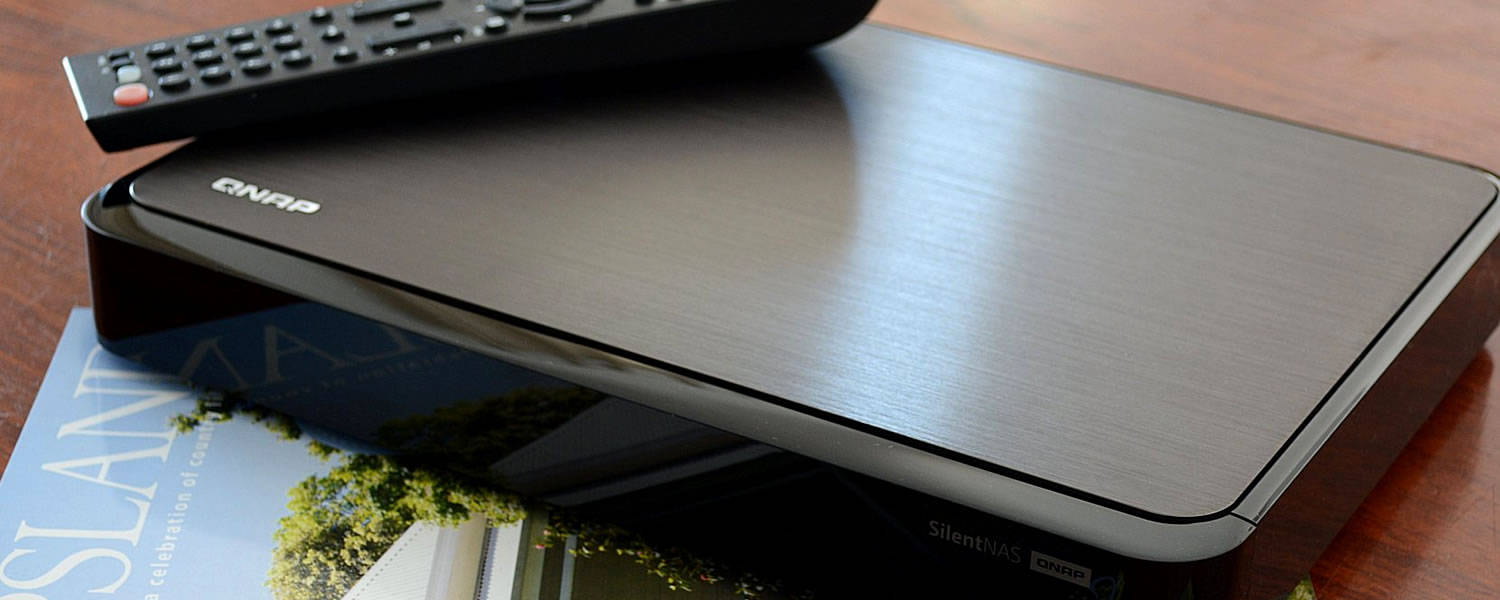Inside the QNAP HS-210
The set-top design means that inside QNAP's HS-210 is unlike any NAS we have seen before. The 3.5"/2.5" drive cages consume most of the available space within the HS-210, forcing QNAP to get creative with their PCB design. What we have ended up with is a "T" shaped PCB which runs the entire length of the NAS at the rear and then slots up between the two drive cages.
You can remove the bottom cover by undoing five screws and gtting inside the HS-210 won't void your warranty as long as you don't unscrew the PCB mainboard.
Once inside you'll find a Marvell 88F6282 SoC. This single-core Sheeva CPU operates at just 1.6GHz. This is the same processor featured in QNAP's TS-220 and while that is a low-end NAS it is reasonably snappy.
While the Marvell 88F6282 can come clocked as high as 2.0GHz we believe QNAP went with a lower clocked part to help keep thermals in check. As there are no fans inside the HS-210 there won't be much airflow to help remove heat.
Along with a Marvell 88F6282 SoC, the TS-220 features EtronTech EJ168A and Marvell Alaska 88E1318 chips – a USB 3.0 host controller that drives two USB 3.0 ports on the back, and a Gigabit Ethernet controller that provides wired network connection.
There are also four memory ICs soldered directly to the main PCB. The HS-210 features SK Hynix H5TQ1G83DFR-H9C parts that operate at DDR3-1333 speeds and CL9-9-9 timings, each chip has a 128MB capacity giving the HS-210 a total memory capacity of 512MB.
With the main PCB removed, we find a stack of circular aluminum washers complete with a thermal pad on top. The idea of this is to extract heat from the onboard CPU and dissipate it through the aluminum cover. This is clever but don't be surprised if that aluminum top plate on the HS-210 gets quite warm.








